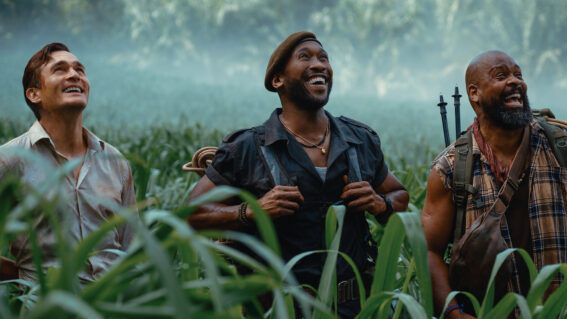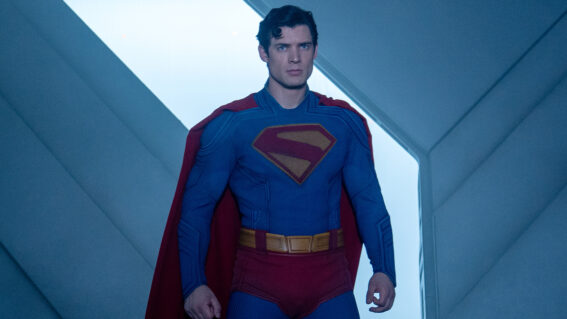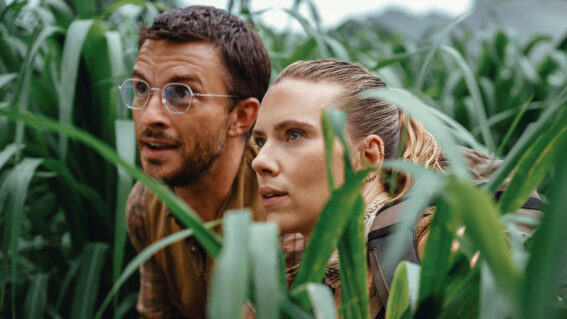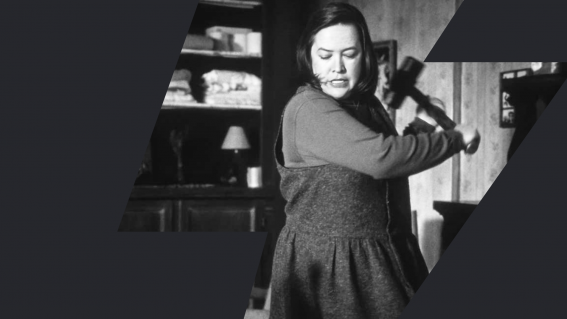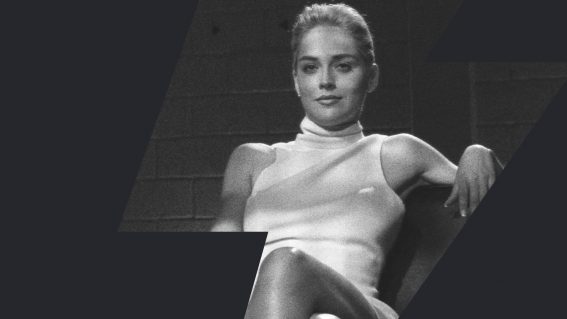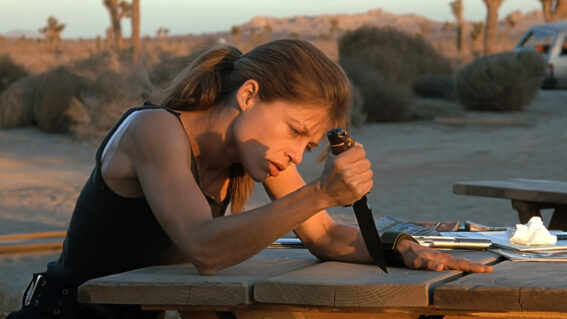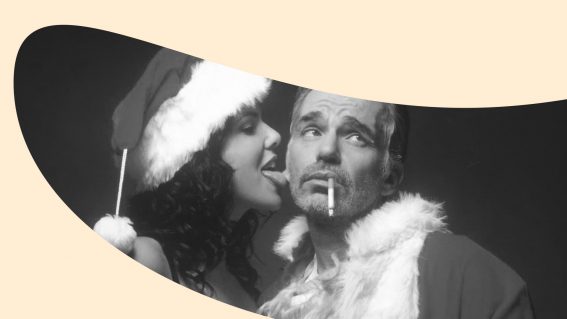The best and worst Frankenstein films
Mary Shelley conjured up a ghost story that would stand the test of time – and appear throughout cinema history.

In 1816, during a cold Swiss summer, Mary Shelley conjured up a ghost story that would stand the test of time. As Haifaa al-Mansour’s new biopic Mary Shelley depicts, the then 18-year-old took part in a friendly writing contest with her husband Percy Bysshe Shelley, stepsister Claire Clairmont, and their friends Lord Byron and John William Polidori, with each endeavouring to pen the most frightening tale they could.
The outcome changed the course of literary and screen history. As readers have known for two centuries and cinema audiences for more than half that period, Frankenstein; or, The Modern Prometheus was the end result of Mary Shelley’s efforts – a story inspired by fireside chats about galvanism and the nature of life. In the realm of cinema, it initially reached the screen as a 16-minute black-and-white silent film in 1910, and then gave rise to faithful adaptations, inventive re-imaginings and everything in-between.
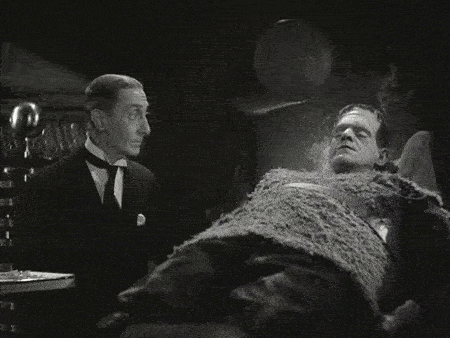
In narratives that consider the limits of science, the interaction between humanity and technology, and just what makes someone human, Shelley’s tale lives on – but, while there’s no shortage of screen explorations of the story, there’s a chasm as big as Frankenstein’s creature’s aching heart between the best and worst examples. From the must-see to the best-avoid, some you should revive the dead to watch and others should be left rotting like a discarded corpse.
BEST
Frankenstein and The Bride of Frankenstein
Separating James Whale’s two films is futile; while each can be watched and enjoyed without viewing the other, they make a perfect pair. One tweaks Shelley’s narrative to ramp up the horror as Victor Frankenstein creates life from death and grapples with the consequences, and the other delves into part of Shelley’s story that demonstrates the creature’s human yearnings for love and acceptance. Whale proves a master of moody thrills, while Boris Karloff is silently expressive as the hulking monster. And, of course, Frankenstein’s “it’s alive!” moment has left more of an imprint upon science fiction and horror filmmaking than any other big-screen scene before or since.
NT Live’s Frankenstein
Danny Boyle’s take on Shelley’s story was crafted for the stage; however, for audiences outside of London, the National Theatre’s NT Live series brought this lively play to the big screen. Olivier Award-winning stars Benedict Cumberbatch and Jonny Lee Miller don’t just have stints as Sherlock Holmes in common, but the lead roles in this Nick Dear-penned production, with the two actors rotating the parts of Victor Frankenstein and the creature each night. Like Whale’s pair of features, they make an exceptional set, with the switch helping to highlight the humanity in the creature and the monstrosity in Frankenstein. It’s also one of the most faithful adaptations of Shelley’s text, even with its steampunk aesthetic and electronic score by Underworld.
Re-Animator
Although finding its basis in H. P. Lovecraft’s short story Herbert West–Reanimator, Re-Animator is a Frankenstein film through and through. On the page, Lovecraft purposefully set out to parody Shelley’s book; on the screen, it’s the absurdity of the situation that shines rather than overt gags. Indeed, at the concept’s core, the idea of a medical student reviving the dead is rife with as much humour as horror. Directed with gleeful style by Lovecraft aficionado Stuart Gordon, Re-Animator favours gore, fun and laughs over any serious contemplation of the underlying themes, and it’s never anything less than shlockily entertaining.
Frankenweenie
Following a boy, his dog and the antics that ensue when the former resurrects the latter, both Tim Burton’s 1984 short and his 2012 feature adaptation breathe heart and soul into the Frankenstein story – and, in emphasising the fondness between the child creator and his canine creation, prove among the most touching versions of Shelley’s vision. Burton takes to his task with humour, but also understands how important grief was in driving the original story. In his full-length version, the sheer number of warm-hearted but irreverent winks to various iterations of Frankenstein both entertains and impresses, as do the eye-catching visuals. Of course, the Frankenweenie movies aren’t the only times Burton has played with the tale, with Corpse Bride also owing a few nods to Shelley.
Young Frankenstein
Made during a period when Frankenstein adaptations typically fell into the over-the-top category, Young Frankenstein both satirises Shelley’s work and the film versions that brought it to the screen, and shows a canny understanding of them. Focusing on Victor Frankenstein’s grandson – and parodying the fact that the Son of Frankenstein concept had already been explored – the dream team of writer/director Mel Brooks and writer/star Gene Wilder know the text, the tropes and the best ways to turn them into comedy. While Wilder’s career was filled with many impressive performances, his work here ranks alongside Willy Wonka & the Chocolate Factory as his most memorable.
Frankenstein Conquers the World and The War of the Gargantuas
Frankenstein’s creature takes on the kaiju genre in these monster movie mash-ups, with Frankenstein Conquers the World originally conceived as a Godzilla battle film. Rather than Japan’s famous giant lizard, however, the being spawned from Shelley’s story fights another oversized beast in the first movie, while the second follows the oversized critters that sprang from the original creature’s discarded cells. The latter, a US-Japanese co-production, nails the fun and thrills at the heart of kaiju films – and also stars Russ Tamblyn.
Penny Dreadful
It might hail from television rather than film, but criminally short-lived gothic horror TV series Penny Dreadful served up one of the most empathetic portrayals of Frankenstein’s creature ever seen – and one of the most complex renderings of Victor Frankenstein himself, too – across its three-season run. As the former, Rory Kinnear is the picture of a tortured soul in a fractured body. As the latter, Harry Treadaway offers a portrait of a man tormented by science’s ability to both give and take. Also offering up an iteration of the Bride of Frankenstein, as a model for intertwining various horror icons into one narrative, the show itself sets a high standard for all that follows.
The Curse of Frankenstein
Hammer’s Frankenstein films are patchy at best, but the title that started it all – The Curse of Frankenstein – is the series standout. The stellar casting of Peter Cushing as Victor Frankenstein and Christopher Lee as the creature helps immensely, in a film that’s less focused on Shelley’s story and more on its own interpretation. Marking the first major horror feature directed by Terrence Fisher (and Hammer’s first horror feature in colour), it’s a movie with a distinctive mood and style that finds its own niche.
WORST
I, Frankenstein
If Victor Frankenstein considers his creature an abomination, and he traditionally does, then everyone involved in I, Frankenstein should take a leaf out of his book. Made in Melbourne, based on the graphic novel of the same name and directed by Stuart Beattie, this modernisation uses Shelley’s story as the starting point for a bloated action-fantasy effort. While Frankenstein’s creature, on the page, was never the one-dimensional monster that many movies have since suggested, reframing him as an action hero (played by Aaron Eckhart) caught in a war between demons and gargoyles does no one any favours.
Victor Frankenstein
The casting of James McAvoy (as Victor Frankenstein) and Daniel Radcliffe (as his assistant Igor) is the most interesting thing about Victor Frankenstein. Both actors are sorely wasted, though they each try their best to enliven Max Landis’ lumbering script. Following the lead of the many movie iterations of Shelley’s tale, rather than Shelley’s book itself, isn’t a great sign – Igor, or Fritz as he was known in James Whale’s Frankenstein, is purely a screen creation – but it’s the hyperactive visual approach that lets Victor Frankenstein down. Aping Guy Ritchie is rarely a smart move; here, aping his Sherlock Holmes proves a particularly bad fit.
Patchwork
Inane rather than inventive or amusing, horror homage Patchwork is packed full of references to many a great, notable or just beloved film before it. Alas, rather than serving up an enjoyable ode, everything about this movie earns the descriptor that has been handily placed in its title. Story-wise, writer/director Tyler MacIntyre’s horror-comedy follows three women who get sewn together after a big night out – not-quite-Human Centipede-style – and decide to take revenge. Based on MacIntyre’s short of the same name, it’s a concept that might work in an abridged form but strains to even raise a smile as a flimsy feature.
The Bride
A rare return to Bride of Frankenstein territory, The Bride isn’t helped by the obvious comparison to its much-better predecessor. Despite its decadent costuming and set design, it isn’t helped by much of anything else either – particularly its cast. A misused Sting plays Frankenstein, while Timothy Spall is far from his best in the assistant role. As for the titular part, Flashdance’s Jennifer Beals earned a Razzie nomination for her turn as the female creature – with her character brought to life, as always, as a partner for Frankenstein’s original monster (Clancy Brown).
Blackenstein
Shelley’s Frankenstein meets blaxploitation. It’s the blend no one needed, but after Blacula proved a hit, Blackenstein became inevitable. Reframing America’s treatment of race through horror and monster narratives remains a thematically smart and astute concept, but there’s nothing clever, thought-provoking or even entertaining about this attempt. In recent years, Blackenstein has become more notable for inspiring Saturday Night Live parodies, rather than earning any enduring attention for the film itself.





